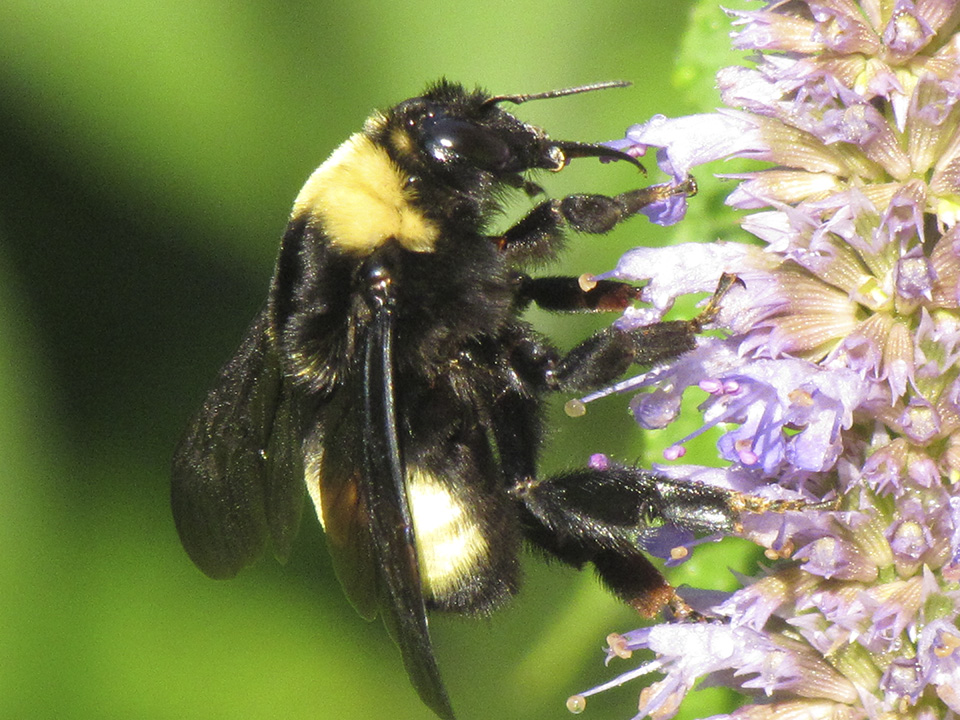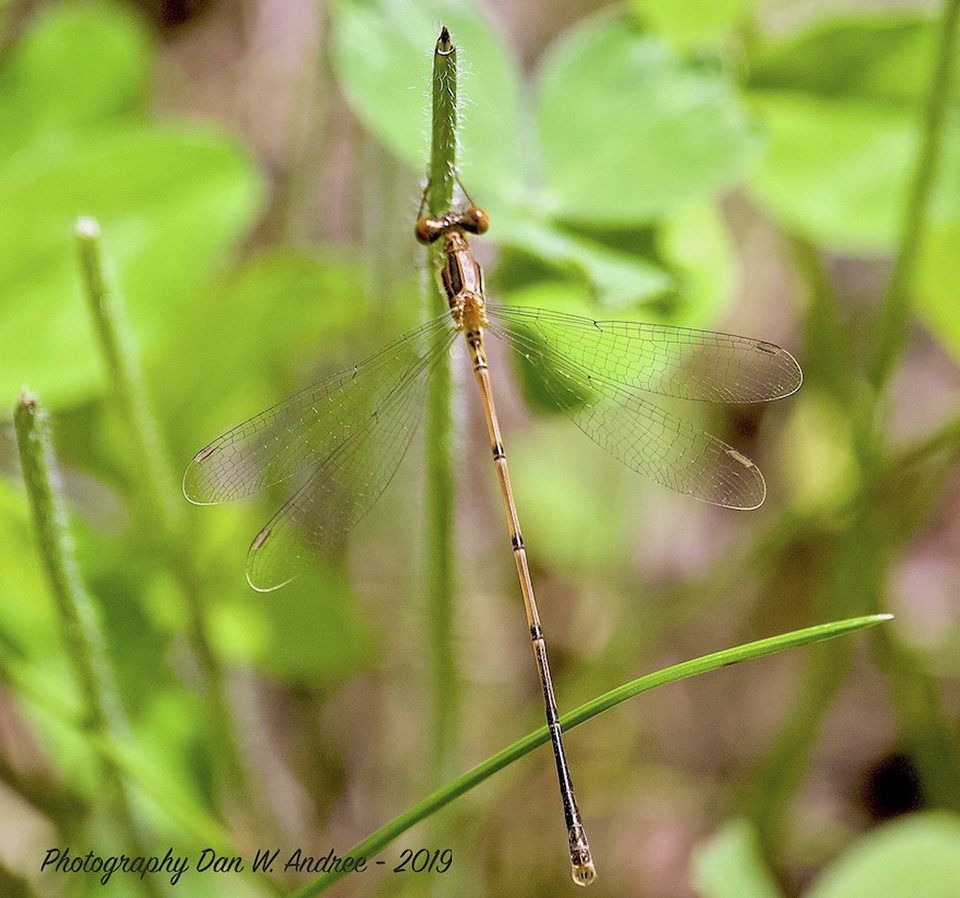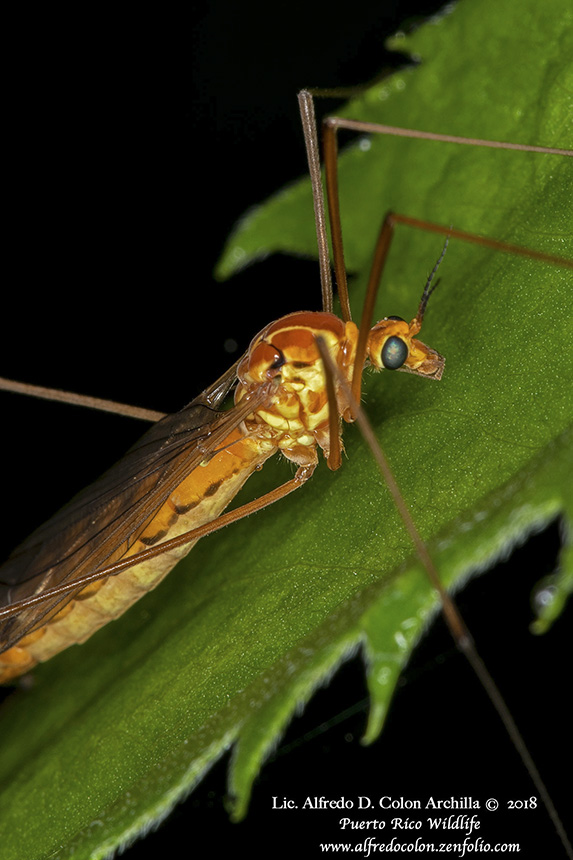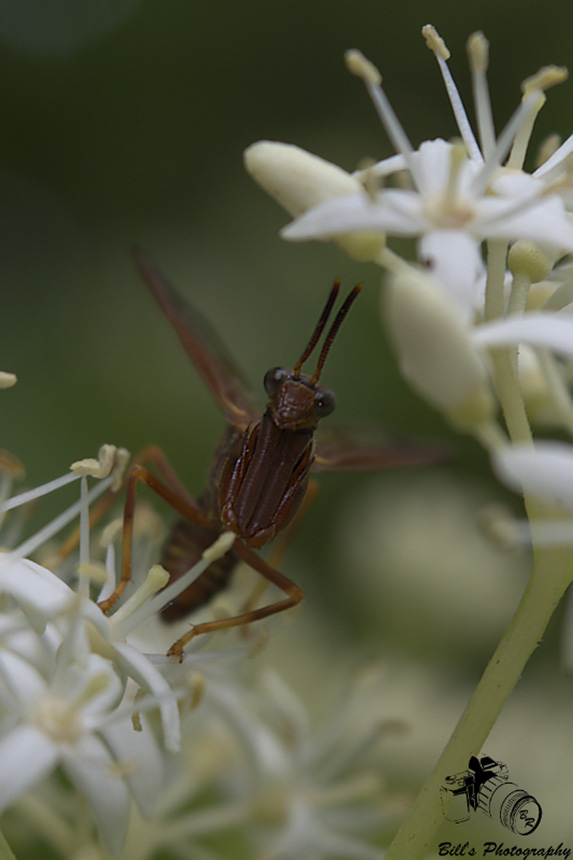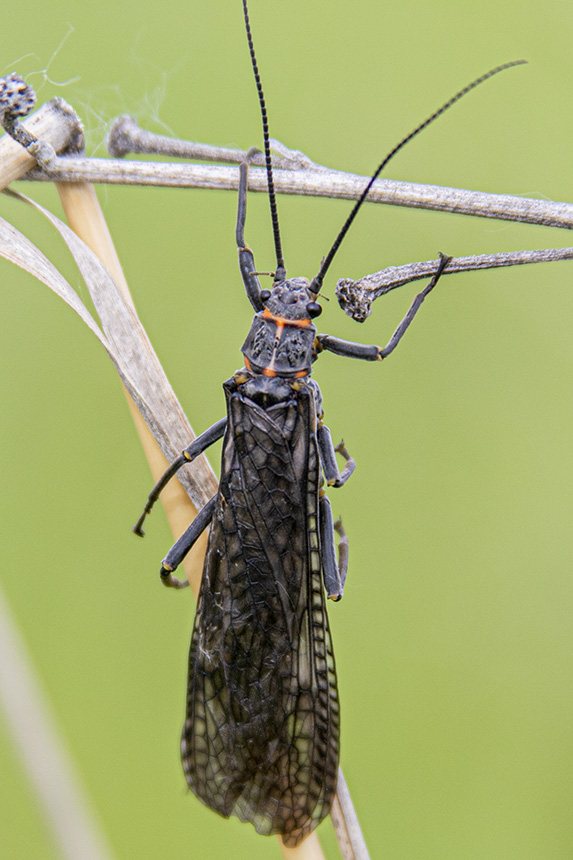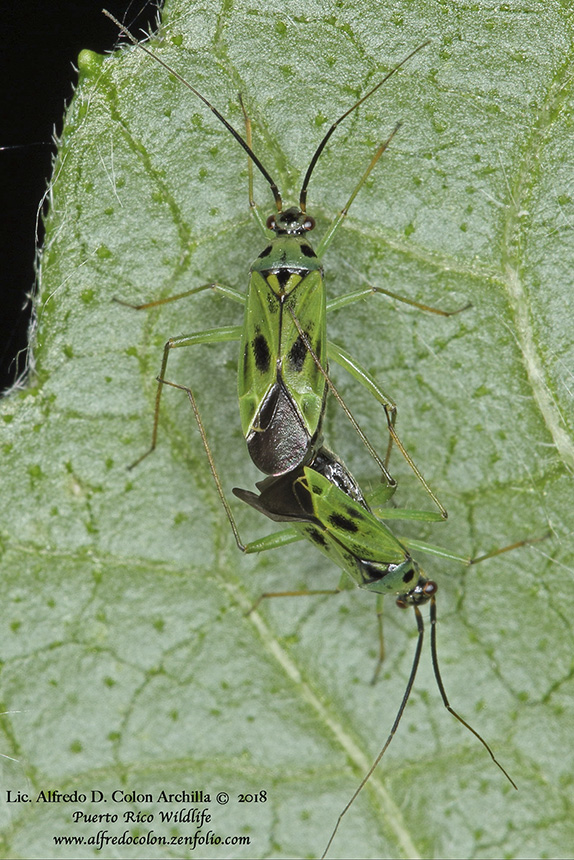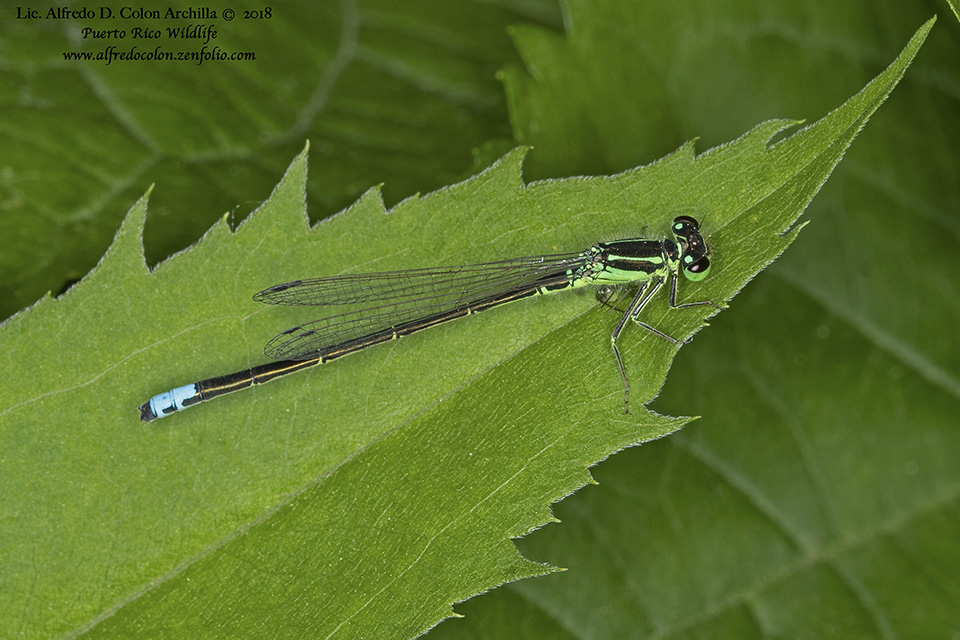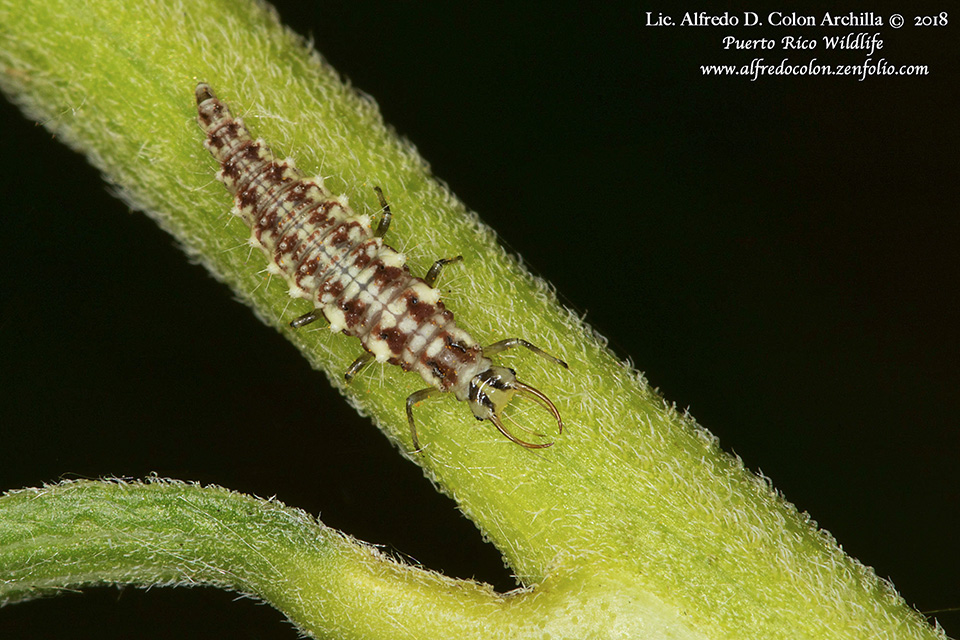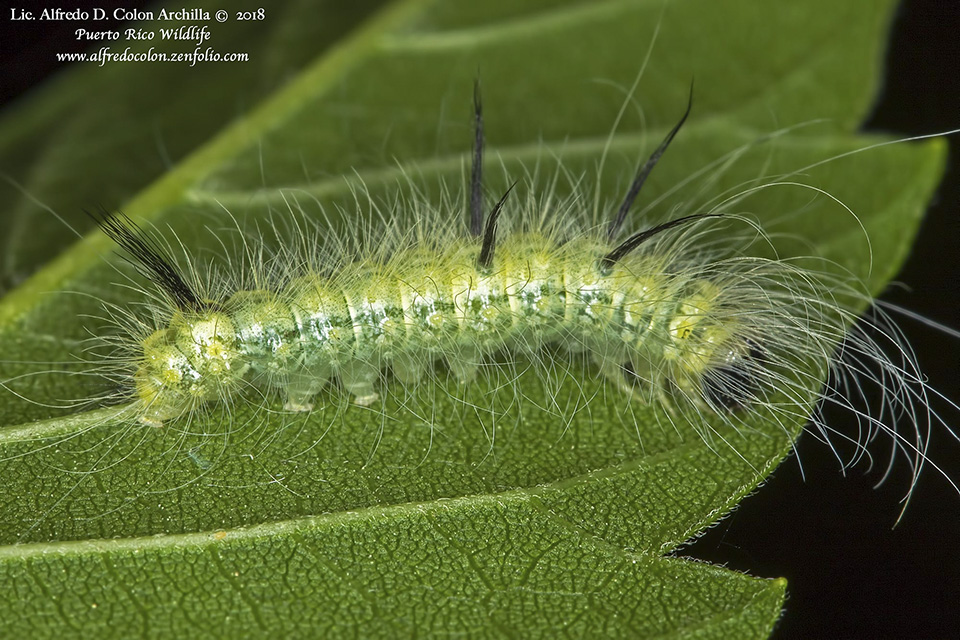
Dagger Moths (genus Acronicta) is a large genus with about 150 species worldwide, more than 73 species in North America north of Mexico. At least 28 species have been reported in Minnesota. The common name refers to a black, dagger-like dash on the forewings of many of the species. Most are gray with darker gray markings, and are difficult to identify.
American dagger moth (Acronicta americana) is the largest dagger moth in eastern United States. The adult is up to 1½″ long and has a wingspan of up to 2½″. It is gray or brownish-gray with dark markings and a black “dagger”. It is found in deciduous woodlands and forests across the United States and southern Canada. It is common and sometimes abundant east of the Great Plains, common in Minnesota.
The caterpillar is large and is covered with yellow or white hairs. It has two pairs of long black lashes near the front of the abdomen and a single thicker lash near the end. The lashes are tight groups of bristles. When the caterpillar is handled the bristles break off and embed in the skin of the handler. They contain a toxin which causes stinging and burning and can develop into a rash.
http://www.minnesotaseasons.com/Insects/American_dagger_moth.html

